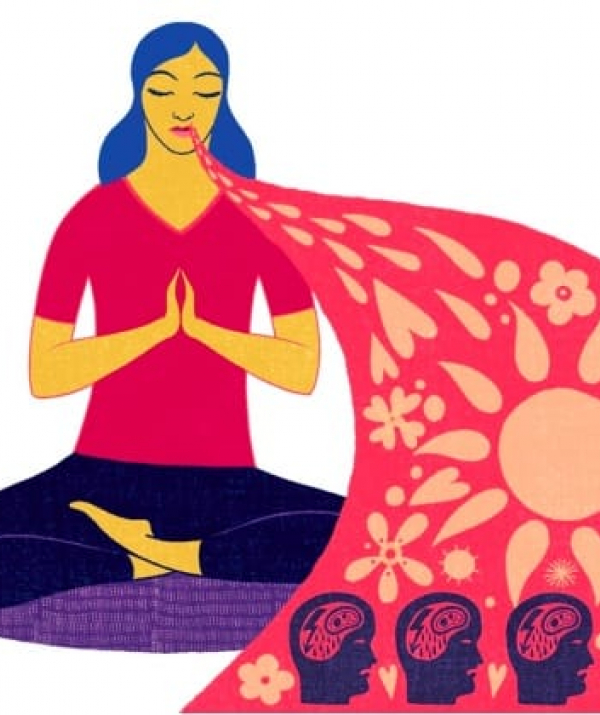Chúng ta thay đổi cuộc đời này từ việc thay đổi trái tim mình. (You change your life by changing your heart.)Max Lucado
Mục đích của cuộc sống là sống có mục đích.Sưu tầm
Tôi chưa bao giờ học hỏi được gì từ một người luôn đồng ý với tôi. (I never learned from a man who agreed with me. )Dudley Field Malone
Kẻ làm điều ác là tự chuốc lấy việc dữ cho mình.Kinh Bốn mươi hai chương
Phải làm rất nhiều việc tốt để có được danh thơm tiếng tốt, nhưng chỉ một việc xấu sẽ hủy hoại tất cả. (It takes many good deeds to build a good reputation, and only one bad one to lose it.)Benjamin Franklin
Chúng ta không thể đạt được sự bình an nơi thế giới bên ngoài khi chưa có sự bình an với chính bản thân mình. (We can never obtain peace in the outer world until we make peace with ourselves.)Đức Đạt-lai Lạt-ma XIV
Nếu muốn có những điều chưa từng có, bạn phải làm những việc chưa từng làm.Sưu tầm
Điều quan trọng nhất bạn cần biết trong cuộc đời này là bất cứ điều gì cũng có thể học hỏi được.Rộng Mở Tâm Hồn
Đừng than khóc khi sự việc kết thúc, hãy mỉm cười vì sự việc đã xảy ra. (Don’t cry because it’s over, smile because it happened. )Dr. Seuss
Không có ai là vô dụng trong thế giới này khi làm nhẹ bớt đi gánh nặng của người khác. (No one is useless in this world who lightens the burdens of another. )Charles Dickens
Như bông hoa tươi đẹp, có sắc nhưng không hương. Cũng vậy, lời khéo nói, không làm, không kết quả.Kinh Pháp cú (Kệ số 51)
 Xem Mục lục
Xem Mục lục  Vietnamese || Đối chiếu song ngữ
Vietnamese || Đối chiếu song ngữ

DO NXB LIÊN PHẬT HỘI PHÁT HÀNH
Mua sách qua Amazon sẽ được gửi đến tận nhà - trên toàn nước Mỹ, Canada, Âu châu và Úc châu.
Quý vị đang truy cập từ IP 216.73.216.29 và chưa ghi danh hoặc đăng nhập trên máy tính này. Nếu là thành viên, quý vị chỉ cần đăng nhập một lần duy nhất trên thiết bị truy cập, bằng email và mật khẩu đã chọn.
Chúng tôi khuyến khích việc ghi danh thành viên ,để thuận tiện trong việc chia sẻ thông tin, chia sẻ kinh nghiệm sống giữa các thành viên, đồng thời quý vị cũng sẽ nhận được sự hỗ trợ kỹ thuật từ Ban Quản Trị trong quá trình sử dụng website này.
Việc ghi danh là hoàn toàn miễn phí và tự nguyện.
Ghi danh hoặc đăng nhập